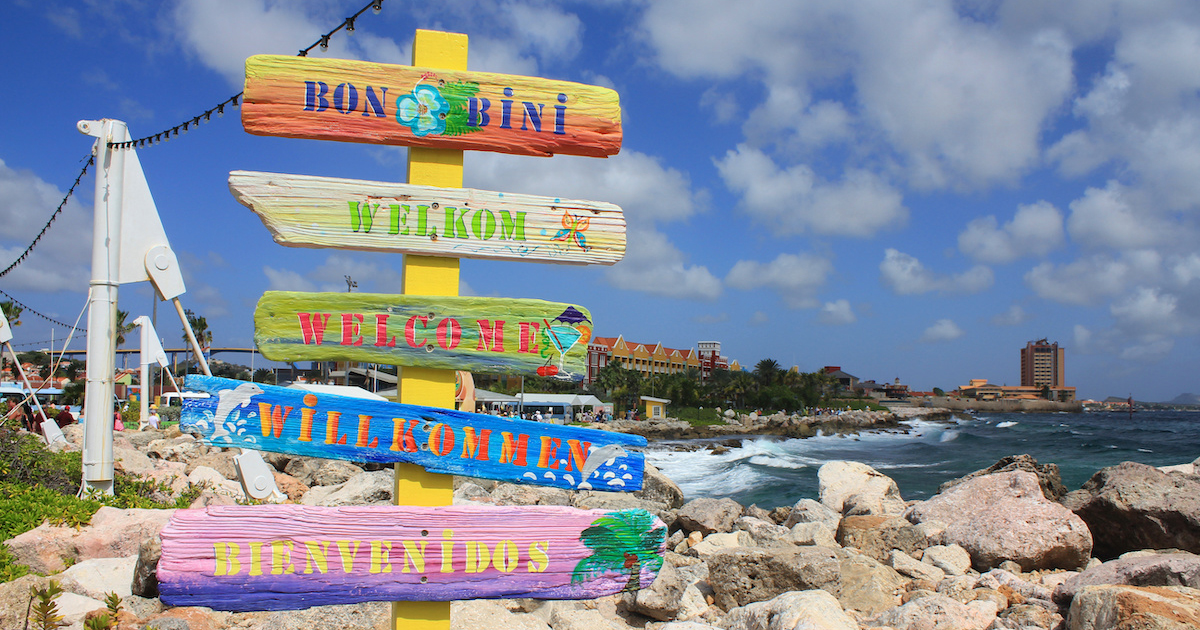
Yesterday I wrote about CII. Today I am writing about the industry’s response to its inclusion in the European Union Emissions Trading System (EU ETS). Like its reaction to CII, the industry must adapt to EU ETS (for a good overview, click here).
In my view, this is much more important than CII. Let me give you a little background.
Back in the day, I was the head of trading at a major oil company. I saw that carbon was getting more and more attention in the market. Yet we were not managing carbon as either an asset or a cost. It was clear that the EU would take action at some point related to carbon pricing. Therefore, we introduced an internal price to accelerate our learning. I wanted our traders to understand what decisions they would have to take when carbon was included in EU ETS.
Now, we see a carbon price of roughly one hundred Euros per metric tonne. I have no doubt that it will soon rise to at least 200. Why? You have the entire maritime industry entering into the carbon market with a huge short position meaning that they have to buy.
And when that happens, usually the price goes up. You don’t have to be an experienced oil trader to understand the concept of “buy low, sell high.”
The sooner you learn how to manage carbon as either an asset or a cost (depending on which side of the trade you’re on), the more control you’ll have over your business exposure. Here’s an example:
Let’s say you are a ship owner of a VLCC. You fix the vessel in October for cargo loading in December for delivery in within an EU port in early January. Even though it’s October of 2023, you’re already exposed to EU ETS since delivery occurs in 2024.
What is your exposure to the EU carbon levy? How will that trade occur? Nobody really knows, but my experience from using that internal price of carbon in my former role suggests two scenarios.
In one scenario, the ship owner will generate the carbon estimate and include it in the price of cargo to the charterer. This cost could be broken out in the charter party. Such a strategy might be a good way to push the responsibility of the carbon cost to the user of the vessel (i.e. the charter).
In another scenario, the ship owner simply presents the price of cargo in a single lump sum, inclusive of the cost of carbon.
I think a lot of customers out there that are exposed to the carbon market will select the simple, all-inclusive package. No worries: The carbon levy is like taken care of.
In either case, both parties will need a tool that provides an accurate estimate of emissions—validated by an agreed upon third party--in MT tonnes. And they might need a tool to execute the trade itself (or at least they’ll need access to a market maker).
In my view, players that use these tools will have a competitive advantage in that they can gain visibility into the carbon market and take decisions to increase profitability.
That all starts now. EU ETS is not coming. It’s here.
Have you calculated how much you will have to pay for your planned voyages under EU ETS ? Both MCS and OrbitMI have technologies that help charterers and ship owners manage your exposure.
These Stories on Decarbonisation